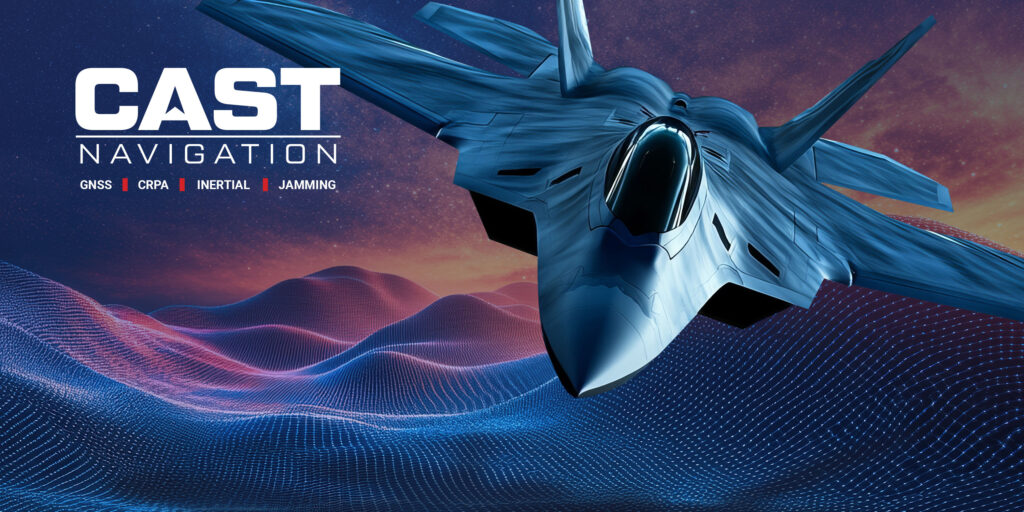
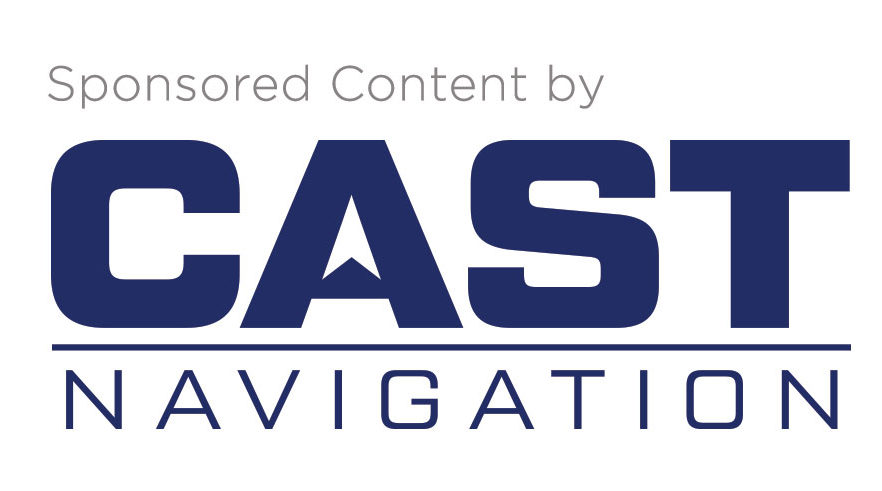
GNSS/INS Simulator Coherence is Essential to EGI and Dual-EGI Testing

Poor coherence between simulated GNSS and inertial signals introduces subtle errors in EGI navigation system outputs and can create misleading test results. Understanding why it’s important for a simulator to generate coherent outputs will better inform your EGI testing programs.
GNSS/INS Coherence: One event, one time, every time
Coherence happens naturally in the real world. Consider what happens when an aircraft with a single GNSS antenna and EGI unit banks:
- An inertial measurement unit registers the aircraft’s changing orientation, angular rates, and acceleration forces.
- The GNSS antenna’s output changes with its shifting orientation to overhead satellites.
These events happen simultaneously, so the GNSS and inertial signals arrive at the EGI unit at the same time. Free GNSS and inertial coherence is one advantage of live sky testing.
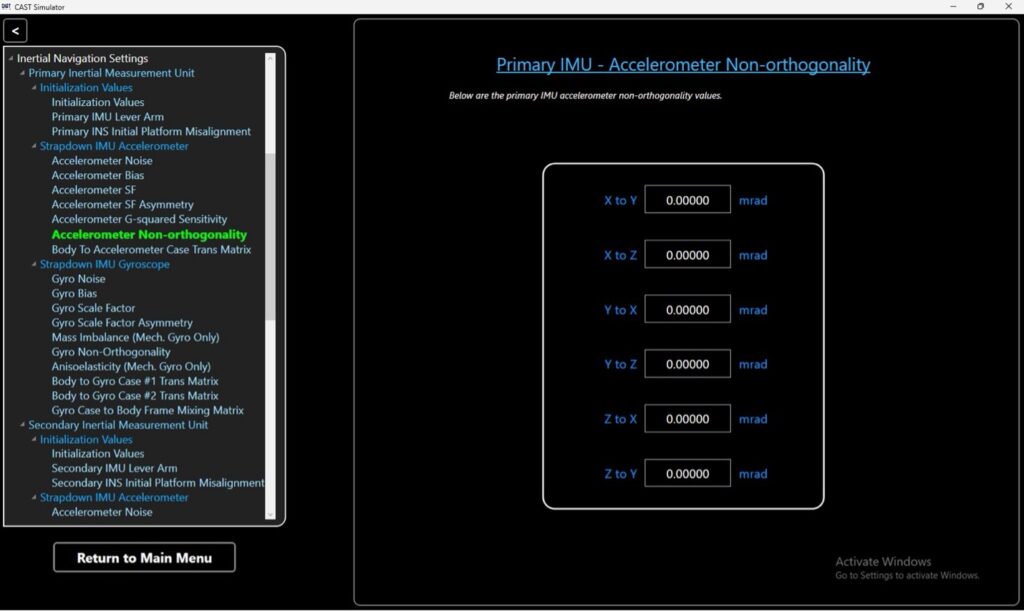
Coherence is difficult to achieve in the lab because a digital system’s clock signals determine when actions occur. Absent perfect synchronization with this clock, the GNSS and inertial simulators may respond to an event at different times. This lack of coherence in the EGI unit’s inputs introduces slight errors in the unit’s output that accumulate throughout the simulation, especially for the blended solution of a Kalman filter.
Testing of a more complex navigation system introduces more sources of coherence errors. The signals from each element in a simulated phased array antenna must be coherent with each other as well as with the simulated GNSS signal to match the antenna geometry. In a dual-EGI configuration, each EGI’s stimuli must be coherent so both units will respond to the same event at the correct time.
Coherence-driven errors are both inconsistent and subtle. Each run of a scenario can generate different test results if synchronization is not controlled and consistent. This variability is often misinterpreted as a fault in the equipment being evaluated. Project teams will waste significant time investigating the wrong root cause, delaying the project’s timeline and increasing costs.
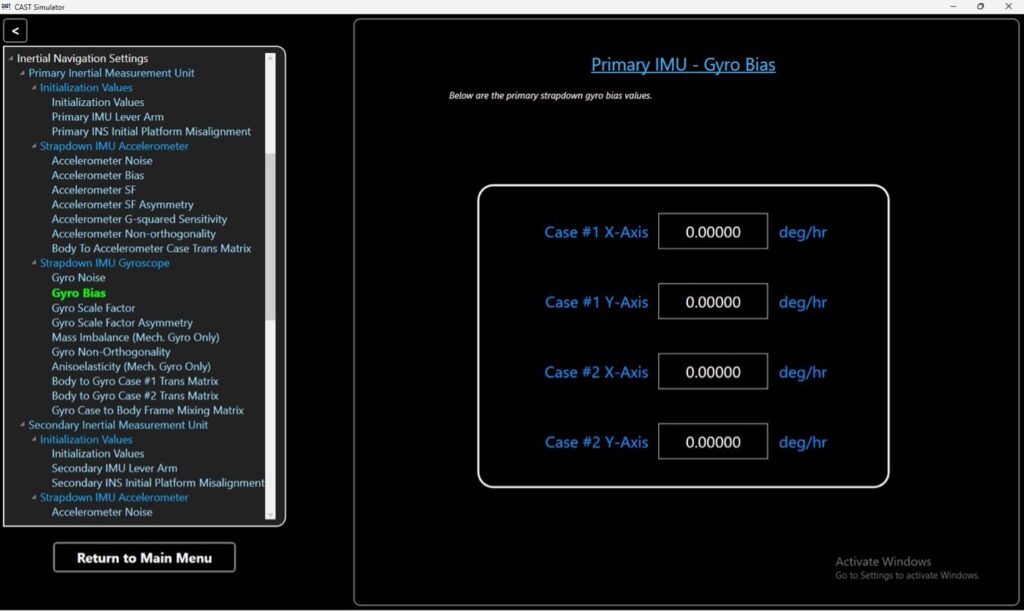
Benefits of coherence to inertial systems testing programs
Simulator systems with strong GNSS and inertial coherence produce more meaningful simulations. Every event sends perfectly synchronized stimuli to the EGI(s), so each test’s results accurately reflect the EGI(s) true performance. Furthermore, strong coherence will make test results repeatable by preventing the accumulation of simulator-created errors.
Improved accuracy and repeatability enable EGI testing under the most demanding simulation scenarios, including combinations of:
- Multi-element phased array antennas.
- Dual-EGI navigation systems.
- GNSS compassing.
- Highly dynamic vehicle motion.
- Complex GNSS signal environments with jamming, spoofing, multipath, or terrain obscuration.
No matter how complex the test program is, simulator coherence boosts productivity by eliminating the time wasted by chasing down spurious errors, thus shortening project timelines.
CAST Navigation Powers High-Fidelity Inertial Simulations
CAST Navigation simulators are best-in-class for GNSS and inertial coherence. The GNSS signal and inertial stimulus generators in our EGI Tester share the same time reference, ensuring the same event produces the same output every time. A single EGI Tester can send these synchronized stimuli to two EGI units simultaneously when testing dual-EGI navigation systems.
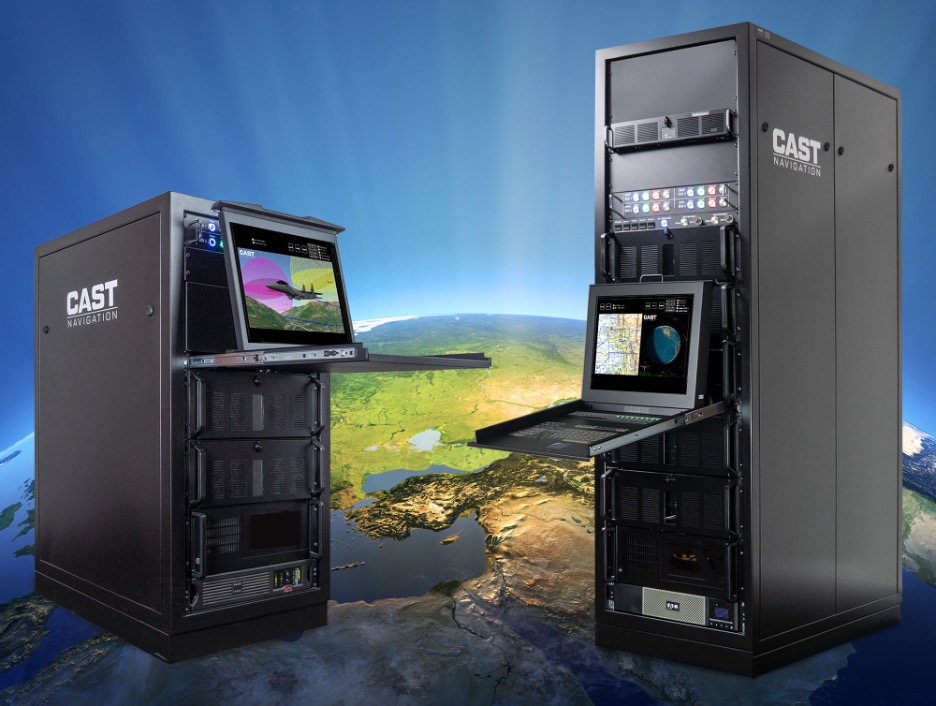
The modular architecture of CAST’s simulation solutions lets you configure more complex and high-fidelity EGI test scenarios.
- CAST GNSS systems can deliver a full GNSS constellation with up to twelve satellites in view per signal type, per antenna element, while modeling dynamic 6-DOF vehicle motion.
- CAST Inertial systems let users customize the IMU’s performance characteristics while independently modeling many types of errors for each unit.
- CAST Jamming systems create realistic interference effects from terrain obscuration effects or jammed, spoofed, or multipath GNSS signals.
- CAST CRPA systems provide an RF “wavefront” that reflects real-life GNSS signal differences at the phase center of each antenna connection.
All these elements share the same time reference, ensuring coherence in every aspect of the simulation.
If you need the most accurate, repeatable performance from your EGI testing program, visit CAST Navigation to learn more about our GNSS/INS simulator solutions.
This page was produced by North Coast Media’s content marketing staff in collaboration with CAST Navigation. NCM Content Marketing connects marketers to audiences and delivers industry trends, business tips and product information. The GPS World editorial staff did not create this content.









